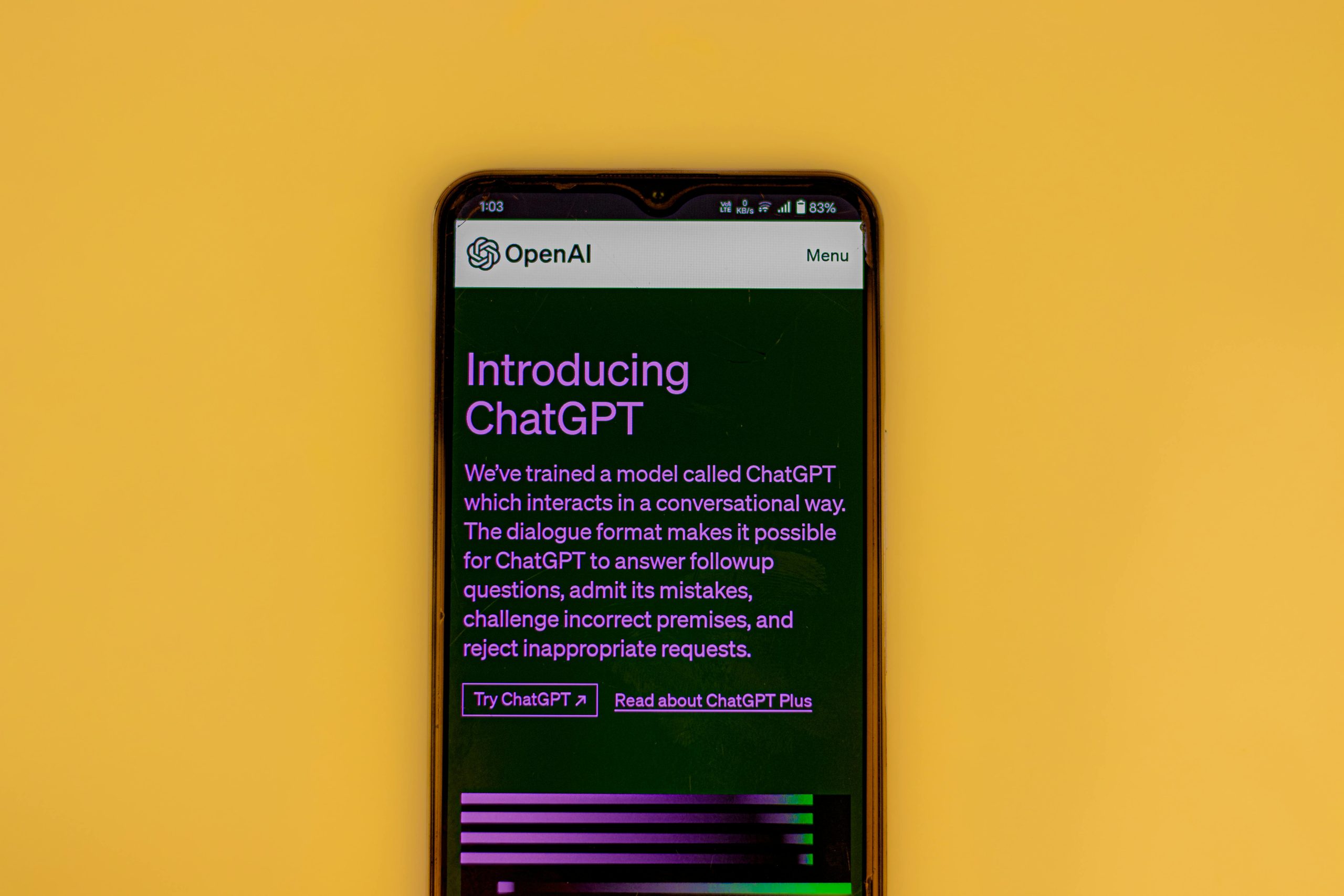Between RAG and prompt stuffing! How does NotebookLM work?
Understanding Document Handling in Large Language Model Applications: RAG, Prompt Filling, and Beyond
In recent years, the integration of large language models (LLMs) such as ChatGPT, Google’s Gemini, Mistral, and Google’s NotebookLM has revolutionized how we interact with digital documents and knowledge bases. However, a fundamental question remains: how do these applications process multiple documents, links, or integrations with platforms like Google Drive and Google Docs internally?
Common Approaches to Document Integration in LLM Applications
Several methods are employed to enable LLMs to work effectively with external documents, each with its own advantages and limitations:
1. Prompt Stuffing: Injecting Raw Content Directly into the Context
One straightforward approach involves concatenating the raw text from documents directly into the prompt sent to the language model. This method relies on embedding all relevant information within the model’s context window, allowing the LLM to generate responses based on the provided content.
Advantages:
– Simple to implement
– No need for additional infrastructure
Limitations:
– Context size is finite; large documents can quickly exhaust the token limit
– Not scalable for extensive document collections
2. Retrieval-Augmented Generation (RAG): Leveraging Vector Databases
An increasingly popular technique involves using RAG frameworks. Here, documents are embedded into vector representations stored within a vector database. When a user query is received, the system retrieves the most relevant documents based on similarity scores and feeds these snippets into the model.
Advantages:
– Handles large volumes of data efficiently
– Avoids token limit issues by retrieving only pertinent information
Limitations:
– Summarizing or processing entire documents may be challenging if the retrieved snippets aren’t comprehensive
– Requires additional infrastructure for embedding and retrieval
3. Hybrid Approaches: Combining Prompt Stuffing and RAG
Some systems dynamically choose between prompt stuffing and RAG, depending on factors like document size, query complexity, or resource constraints. For instance, short queries might be answered directly with prompt stuffing, while larger or more complex requests leverage retrieval methods.
Advantages:
– Flexible and adaptable
– Optimizes performance based on context
Limitations:
– Increased system complexity
– Requires intelligent decision-making mechanisms
Is There an Open-Source Path?
For developers interested in exploring or building such systems, several open-source projects showcase various implementations of retrieval and document processing frameworks. Notable examples include Hay














Post Comment